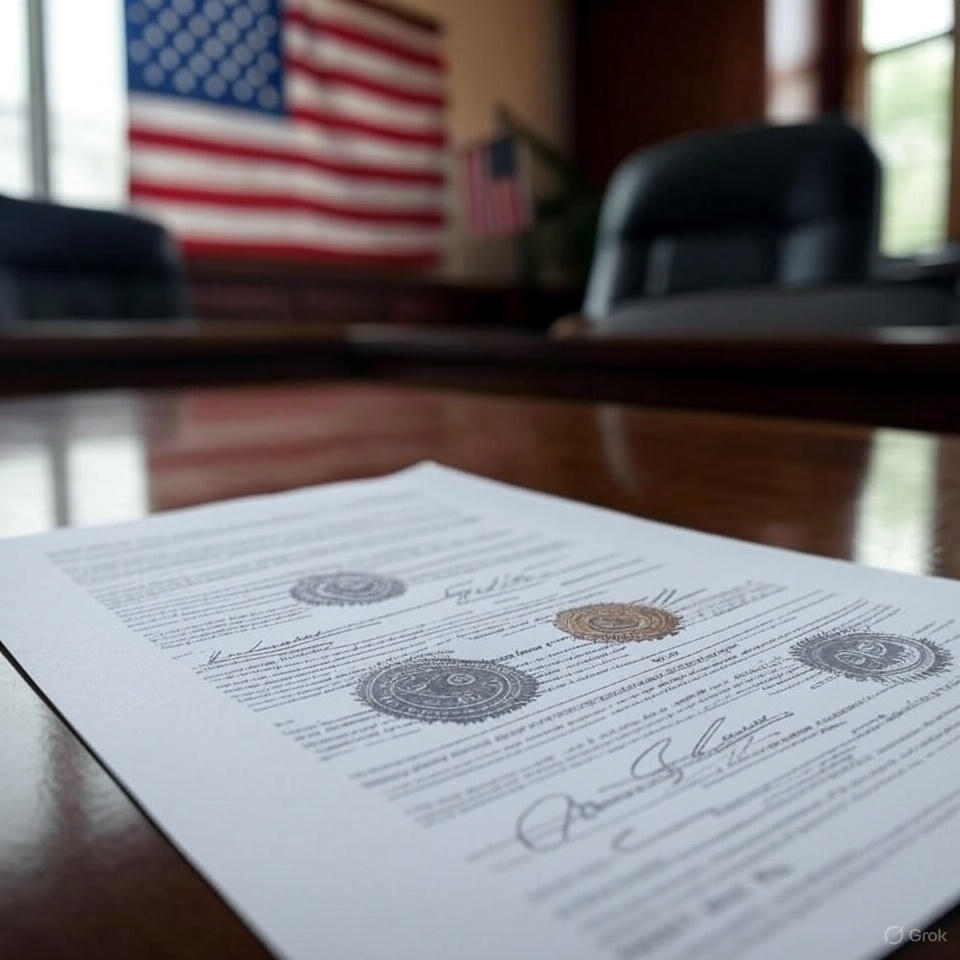On July 31, 2025, Pakistan and the United States finalized a landmark tariff agreement, widely seen as a strategic recalibration of bilateral trade relations. Pakistan’s Finance Ministry confirmed that the accord would lead to a reduction in U.S. reciprocal tariffs on Pakistani exports from a threatened 29 percent to a consolidated rate of 19 percent, effective in early August or soon after, depending on U.S. administrative procedures (Reuters). Pakistani officials have described the deal as a game changer for boosting exports and attracting investment (The Express Tribune).
Export Sectors Positioned to Gain
- Textiles: As Pakistan’s largest export sector to the U.S. totaling around $3 billion in surplus in 2024 textiles stand to benefit significantly from lower duties (Reuters, The Express Tribune).
- Leather goods, surgical instruments, sports items, and IT services: Also highlighted by exporters and industry bodies as key areas with enhanced U.S. access under the tariff deal(Globedge).
- Agriculture and contemporary sectors: Emerging opportunities are expected in crops, minerals, cryptocurrency services, and digital infrastructure, aided by new policy support and trade promotion efforts (Radio Pakistan).
Strategic and Economic Upside
1. Competitive Edge Over Regional Rivals
With India facing a 25 percent tariff and Vietnam around 20 percent, Pakistan’s 19 percent rate places it in a favorable position among South Asian suppliers even as overall global tariffs rise under President Trump’s broader trade crackdown (AP News).
2. Boost to Trade Surplus and Investor Confidence
According to the Lahore Chamber of Commerce, the new tariff framework is poised to support Pakistan’s existing trade surplus with the U.S., currently over $12 billion in annual trade volumes, by increasing export flows and stimulating job creation (The Express Tribune). Analysts also highlight potential uplifts in investor confidence, aligned with strengthened U.S. commercial engagement and energy deals.
3. Energy Collaboration Signals Larger Strategic Alignment
The trade agreement also includes an energy partnership notably U.S. Pakistan cooperation to develop Pakistan’s oil reserves. While the long term potential remains unclear, early steps include Cnergyico importing U.S. crude oil in October marking Pakistan’s first direct purchase of U.S. oil following the deal (hindustantimes.com). This broader engagement signals prospects for future investment in Pakistan’s mines, minerals, IT, and emerging sectors.

Implementation & Outlook
- Immediate Action Needed: Pakistan’s Finance Ministry urged exporters and trade bodies to adopt aggressive marketing strategies to capitalize on the tariff advantage and advocated stronger support via trade promotion initiatives and market research (Arab News).
- Legislative Finalizations Pending: Though the agreement was announced July 31, the effective tariff rate including the transition to 19 percent may depend on legislative and U.S. administrative implementation, expected by early August 2025 or even July 2026 per some negotiation timelines (Reuters).
- Policy & Investment Nexus: Officials emphasized that the trade deal is part of a broader strategic shift, linking energy cooperation, investments in digital infrastructure, cryptocurrency, mining, and knowledge economy sectors and reinforcing Pakistan’s role in U.S. regional plans (Reuters, eurasiareview.com, Arab News).
Summary
This newly negotiated tariff framework marks a significant economic and diplomatic milestone. By reducing duties to 19 percent, Pakistan now stands ahead of regional exporters and is better positioned to expand its footprint in the U.S. market, especially in traditional but high value sectors like textiles, surgical instruments, leather, IT, and agriculture. When coupled with energy collaboration and emerging digital initiatives, the agreement not only promises immediate export gains but also lays the groundwork for deeper bilateral investment and trade synergy. For Pakistani exporters, business groups, and policymakers, the message is clear: it’s time to scale up export strategies, engage with new U.S. investment, and leverage this moment as a turning point for economic engagement in 2025 and beyond.

